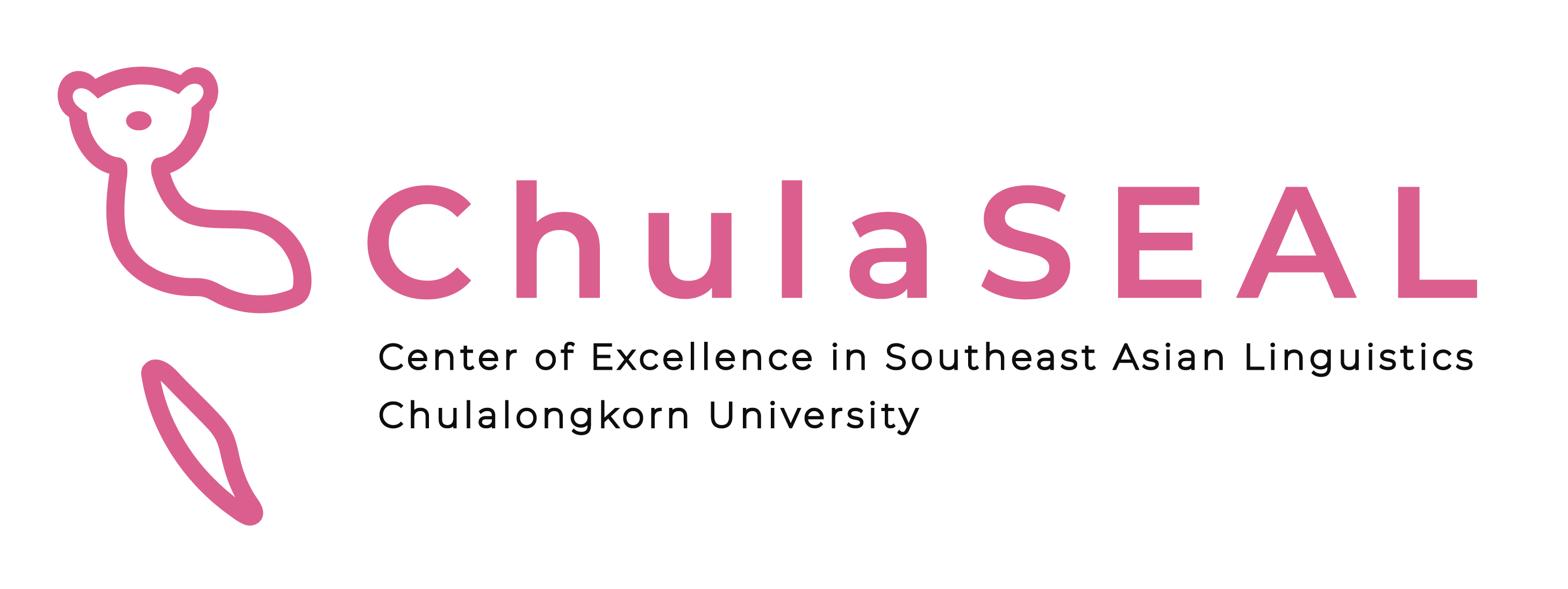An exploratory investigation of interactions between syllabic prominence, initial geminates, and phrasal boundaries in Pattani Malay
This study investigates interactions among relative syllabic prominence, initial geminates (IGs), and prosodic boundaries in Pattani Malay (PM) against a background of previous analyses claiming that IGs are moraic and trigger a ‘stress shift’ or the linking of a pitch accent to the initial syllable. We conducted an acoustic study with 14 PM speakers, producing singleton–IG minimal pairs in naturalistic sentences. Our results show that the presence of IGs is not associated with the hypothesized phonological changes. Instead, it is associated with moderate increases in the duration of initial syllables, the intensity of the initial syllable vowels, and the f0 of the initial and final syllable vowels. On the other hand, the presence of a phrase-final prosodic boundary correlates with more drastic changes: in phrase-final position, final syllables exhibit final lengthening and falling contours of f0 and intensity, while, in the phrase-medial position, no lengthening is observed and f0 contours are rising. Furthermore, the effects of IGs are strongest in the phrase-final position, suggesting interactions between IGs and prosodic boundaries. Taken together, results cast doubts on the claim that IGs are moraic and associated with categorical differences in syllabic prominence profiles in PM and show that IGs effects are modulated by prosodic boundaries.
